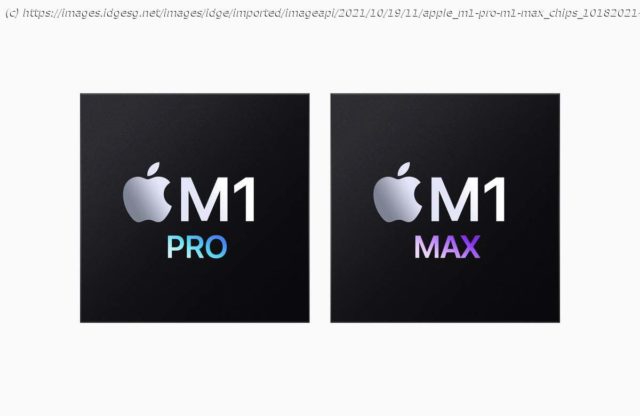Apple denied it planned a move to ARM inside Macs for years. Now its PC processors lead the industry. What next?
Ten years after the first Apple-designed chip, the A4 System on a Chip, debuted in the iPad and the iPhone 4, Apple introduced its M1 SoC for personal computers. Launched in November 2020, the ARM-based processor uses the same basic architecture as the A-series chips and powers a range of Apple PCs including the MacBook Air, Mac mini, MacBook Pro, and iMac. Now, with the launch of Apple’s 2021 MacBook Pro models, the hugely praised M1 chip has now been joined by the M1 Pro and M1 Max. So what happens when you put an iPhone processor inside a Mac? You end up with the world’s highest performing mass market notebooks that, on paper at least, surpass anything you can get based on Intel or AMD. But the new processors are decidedly not the same as iPhone chips. Look and you can see the difference. While both Apple’s A-series and M-series processors are based on ARM’s reference architecture and build on what the company has learned about chip design, the Mac versions are a different beast. They are not a phone chip in a computer. Certainly it’s the same basic architecture, but developed to be slightly different between the different platforms. The M1 Pro and M1 Max take the M1’s winning formula and improve it. These chips see Apple introduce unified memory architecture for Macs. That means GPU, CPU, and everything else share the memory pool, which delivers performance benefits, as data doesn’t need to bounce between GPU and CPU memory. Most obviously, the Mac chips are larger than the iPhone chips. But they’re different in another way. You see, while iPhone chips are built to deliver performance and battery life by making a compromise between CPU efficiency, GPU efficiency, and energy, the Mac chips take a slightly different direction, making compromises that focus more on performance.






